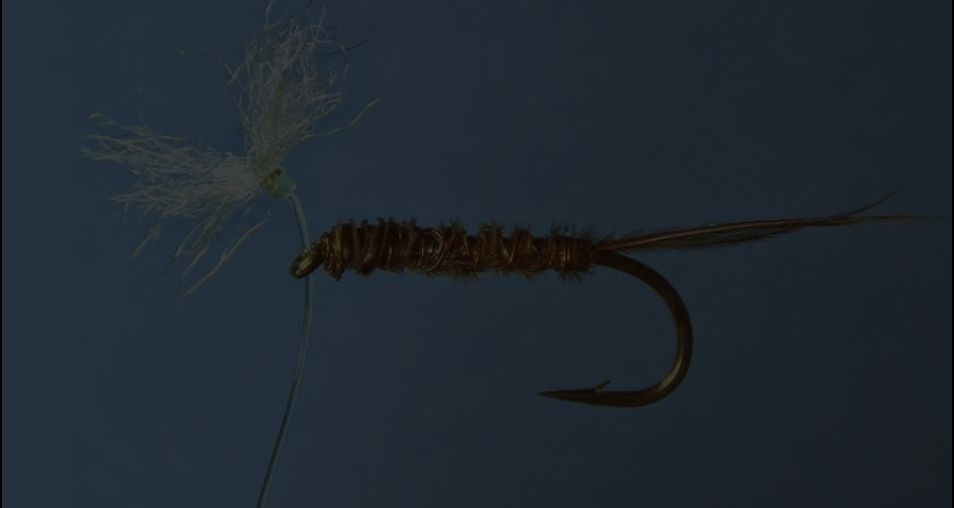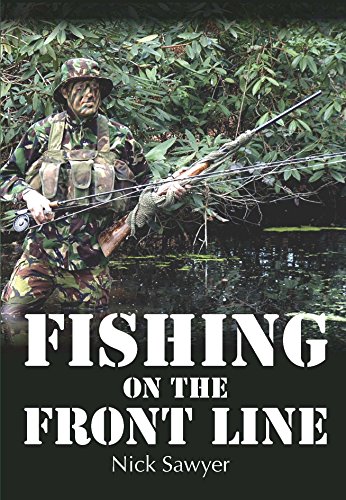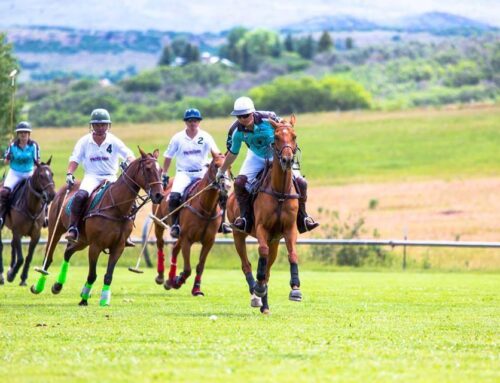
One of Sawyer’s favorite flies is described in Fly Fishing With a Buzzer Nymph, as described by my old pen pal.
By Nick Sawyer | Submitted On May 03, 2010










There are a great many representations of buzzer nymphs available on the market. Some of them are very good and no doubt most of them will have caught fish at some time. As far as I know, there is only one bow-tie buzzer and that is the pattern designed by Frank Sawyer. Any others are simply copies of the original in just the same way as all weighted nymphs are developments of the Sawyer Pheasant Tail Nymph.
Frank Sawyer spent a lot of his life teaching others how to use his original nymphs, the Pheasant Tail, the Killer Bug, the Sawyer Swedish and the Grey Goose. All require much the same technique and are used the world over with varying levels of skill.
The Frank Sawyer Bow-Tie Buzzer (BTB) is completely different. It is true that a few fish will be caught whilst using it as a conventional weighted nymph but as such it is far from deadly. When fished as Frank intended, it really comes into its own. The natural buzzer nymph hangs in still water, just a few centimetres below the surface. In its struggle to transform itself from nymph to fly, the buzzer seems to rotate in the water. All buzzers appear to have a kind of frill around the head.
As with all things to do with fish and flies, Frank Sawyer spent years observing what happened underwater. He knew that if fish were to take a representation of a buzzer with any sort of frequency, something unique was required. He tried all sorts of ways of making his normal nymphs look more like a buzzer. All failed until with yet another touch of genius he came up with the idea of a detached head.
His solutions to challenges were always simple. Frank describes the method of attachment:
“The important thing is to thread up through the hook eye, then disregard the actual nymph on the leader and fashion a slip-knot at the end of the tippet. Put a piece of wool into the slip-knot and pull the knot tight. Then with a sharp pair of scissors, cut away all but a tiny bit which should be held firmly in the knot. A small piece is enough, just sufficient to prevent it from pulling through the eye of the hook. If you make the bow too big the general effect is ruined and fish refuse to take. When rigged properly the bow tie should seat nicely in the hook eye when the nymph is slid down to it, and yet it should be free to move. The actual hook eye of the nymph is free on the leader and so rigged that it can wobble from side to side or spin completely round as though swivelled. This combination of movement is sufficient to delude fish into thinking the nymph is alive. The correct rigging is the secret for success because, like a dry-fly, no movement can be imparted to it after being cast.”
The ideal conditions for still water fishing with a BTB are in the late evening in the summer when the natural insects are emerging from the water. Calm conditions when the water is flat are perfect. Fish can be caught at any time of day but with less certainty. The BTB is not very effective in running water, primarily because the natural insect does not occur there.
The line and most of the leader MUST float. No more than a few centimetres of leader should be allowed to sink. It is vital that the point at which the leader enters the water is as visible as possible. If the leader is treated with a floatant up to the point where it enters the water the disappearing leader makes a discernible hole in the surface.
Now picture what is happening under the water. The cast has been made (perfect of course!). The BTB has sunk down and is suspended in mid-water by the floating leader. It is very important that the artificial be maintained at this level. The natural buzzer swims towards the surface and does not begin its struggle to emerge until it is nearly there. This is when it is at its most vulnerable and therefore has maximum attraction for feeding fish. No lift of the rod-tip or drawing in of the line is necessary, indeed they must be avoided.
Natural water movement makes the artificial rotate around the woollen head. The fish sees it. There is no rush to take, the natural insect struggles for quite a while to hatch so why should the fish waste energy charging around? The fish moves up to the artificial from below and takes it very gently indeed. Again, no rush, buzzer nymphs are unable to take evasive action. The fish feels the artificial in its mouth, decides that it is not quit right and spits it out.
So what can the angler do to prevent this from happening?
The take is so gentle that movement on the leader is almost imperceptible. It is virtually the same as the action of the artificial sinking in the water and pulling the leader gently down. I know this to be true because I have had the good fortune to fish in very clear water with light conditions good enough to watch the actual artificial, the leader and the fish. Many anglers fail to strike at this gentlest of movements and countless fish are missed. The motto should be that adopted by the Trades Unions of yore, “if in doubt, strike”.
The odd fish or so WILL grab the artificial hard enough for the angler to feel it and sometimes the tug is prolonged enough to show signs on the line as well as the leader. Such fish are easy to catch and are sufficient for mediocre anglers to feel satisfied.
Imagine then the much greater satisfaction of catching fish that only the most observant can manage. Total concentration and awareness are needed but I know from experience that the Frank Sawyer Bow -Tie Buzzer will take fish when all other anglers and their methods have failed.
The author, Nick Sawyer, is the grandson of the great fly fisherman Frank Sawyer MBE.
Nick runs a small hobby business that sells flies and nymphs tied in the original manner devised by Frank Sawyer. Please visit [http://www.SawyerNymphs.com] for nymphs, dry flies, limited edition fishing books and traditional fishery management products.
If you need help choosing the right fly, try the free Sawyer Nymphs gadget.
Sawyer Nymphs Google Gadget Fly Selector – [http://www.WhichDryFly.co.uk]
Article Source: https://EzineArticles.com/expert/Nick_Sawyer/629931






